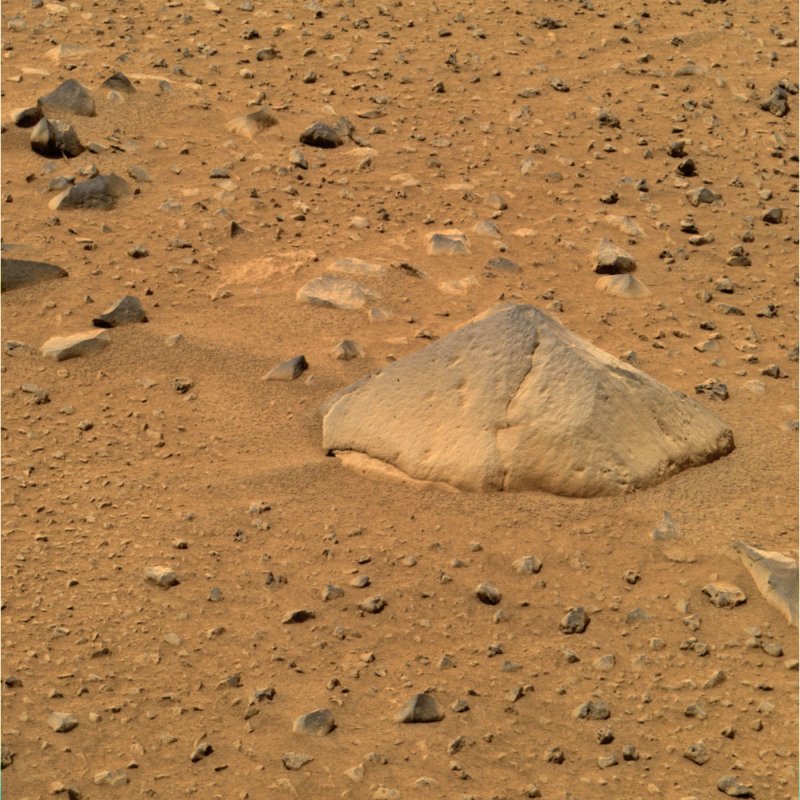PASADENA, Calif., July 14 (UPI) -- U.S. space agency engineers say they have tested five of 11 possible movements that might free the Mars rover Spirit, which is trapped in loose martian sand.
Spirit became trapped in April and since then Jet Propulsion Laboratory engineers in California have been using a test rover placed in a specially constructed sand box to simulate how to best extract Spirit.















